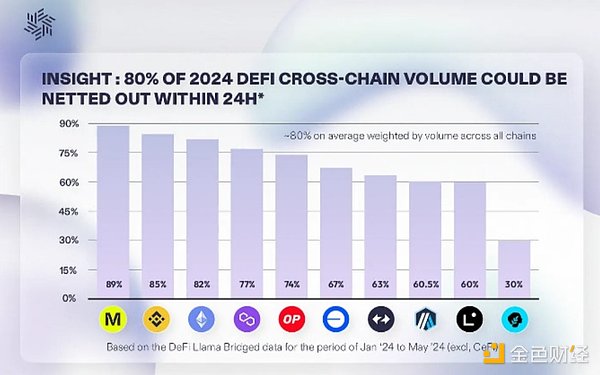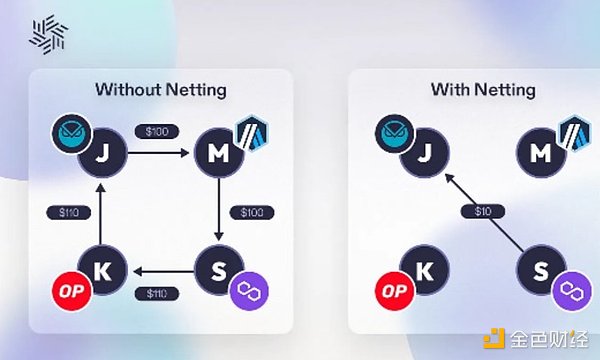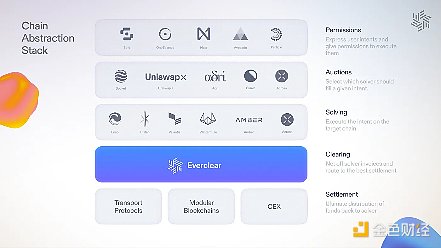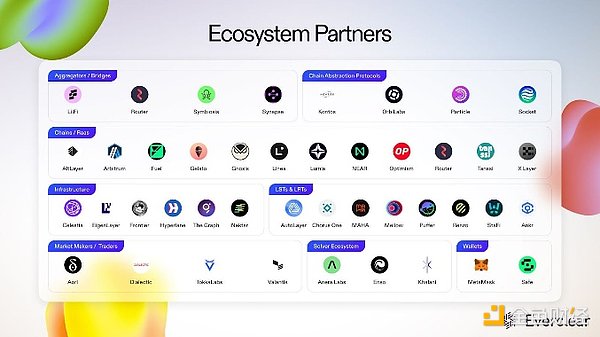Author: Paul Veradittakit, Partner at Pantera Capital; Translator: Jinse Finance xiaozou
1. Clearing Intents
Currently, there are dozens of active L1s, and with the advent of rollup services, the number of L2s has also exploded. Reducing the trade-offs of cross-chain transfers of cryptocurrencies, unlocking value for all chains, improving user experience, and creating narrower spreads for users are much-needed features for the growth of users, applications, and protocols on these chains. Bridges are a way for users to transfer assets and liquidity across chains. This is critical to price stability on the chain, and more importantly, to provide consumers with competitive spreads. Current crypto bridges face the trilemma of being fast, low-cost, and permissionless.
There are three types of cross-chain bridges:
● Hosted bridges: Using CEXs (centralized exchanges) such as Coinbase or Binance for cross-chain bridges is instant and low-cost, but does not have permissionless features.
● Permissionless bridges: Hyperlane, Portal, Hop, LayerZero are all fast, but not cheap. They can be permissionless, charged fees by liquidity providers (LPs), or rely on trusted miners to create standardized wrapped assets (not trusted assets).
● Intent bridges: Current solutions are permissionless, but are usually slower due to rebalancing, and the cost is not significantly lower than permissioned bridges, and are also limited to large quantities of tokens.
Intent Bridge is expected to solve this trilemma, but faces problems such as liquidity fragmentation, lack of standardization, and rebalancing costs.
Everclear's Clearing layer aims to solve all of these problems and greatly reduce the friction of cross-chain transfers, reduce costs for application builders and users, and simplify the user experience for developers and users.
2. Intent Results
Intent Bridge noticed that 80% of cross-chain transaction volume will "flow back to the network" within 24 hours, which means that across all chains, for every dollar that leaves a chain, 80 cents will return to the chain within 24 hours. There are always transactions coming in and out, but 80% of the transaction volume eventually returns to where it started.

The intention agreement is to make a profit by exchanging liquidity on each chain rather than bridging. For example, if a protocol like UniswapX has a user who exchanges $100 from Arbitrum to Polygon, and another user exchanges $100 from Polygon to Arbitrum, then UniswapX will support the two users to transfer tokens to each other locally, which is much cheaper than the traditional bridge method.

The core problem that Everclear solves is that such a perfect match is rare. Without such a perfect match, the protocol must slowly transfer balances through traditional custody or permissionless bridges to "rebalance". This is a slow, complex and expensive process.
3. Benefits to all parties
The main stakeholders of the intended bridge are:
● Blockchains (no permission required) who want to integrate bridge solutions, which is usually a lengthy process.
● Protocols (auctions) with intent order flow, but limited to their own order flow.
● Market makers (Solvers) execute intent on some chains, but there is no effective way to rebalance.

Everclear standardized this process for everyone, which is a panacea. On each chain, Everclear deploys standardized contracts where users can generate "invoices" of their intent, and solvers can "balance" with each other. If no one claims the invoice after a period of time, a Dutch auction of the invoice begins. For example, if a user intends to transfer 10 ETH from Arbitrum to Polygon, and there is no solver to execute the request initially, the intention will be discounted to 9.99 ETH, and then lower and lower until a solver picks up the invoice.
This standard benefits all stakeholders and creates a permissionless system that aggregates order flow from applications, providing market makers with more order flow to maximize profits, and can support any chain with this standard set of smart contracts.

4. Partnership
Everclear's purpose is to benefit everyone. Existing stakeholders get a standardized system that virtually guarantees that intentions are ultimately executed; competition for user order flow is more intense, which drives down prices. This also means that the more stakeholders there are, the more efficient this market is.
With this in mind, Everclear has partnered with countless stakeholders, such as aori (rebalancer), StaFi Protocol (L2 liquidity pledge and staking app), Tokka Labs (rebalancer), Renzo (liquidity re-pledge), Anera (rebalancer), and many more.
5. Mainnet Release
Everclear is the first settlement layer to coordinate global settlement of cross-chain order flows, solving the liquidity fragmentation problem of modular blockchains. Everclear's mainnet was launched on September 18. For more details and to get involved, please see their blog.
 Anais
Anais










